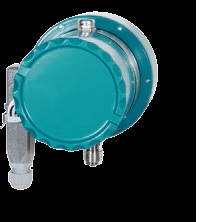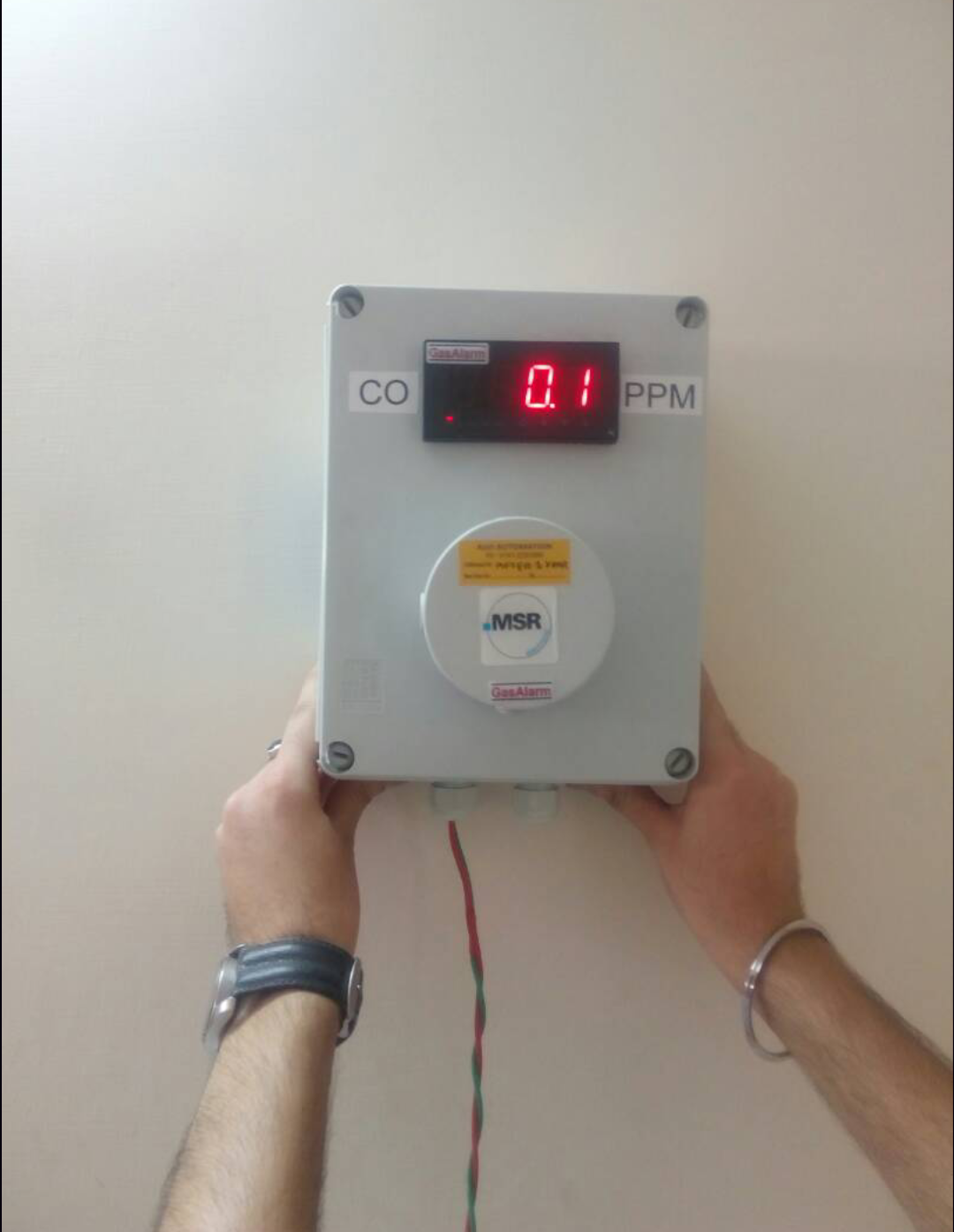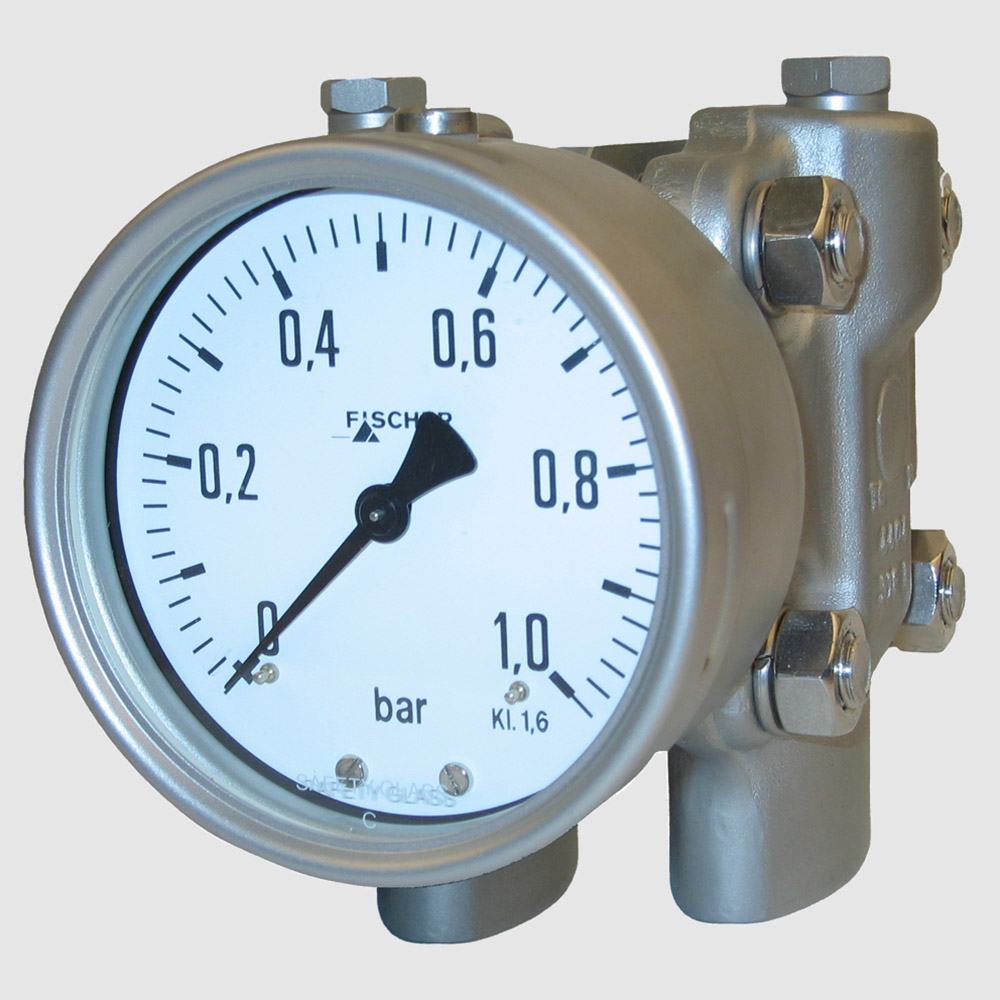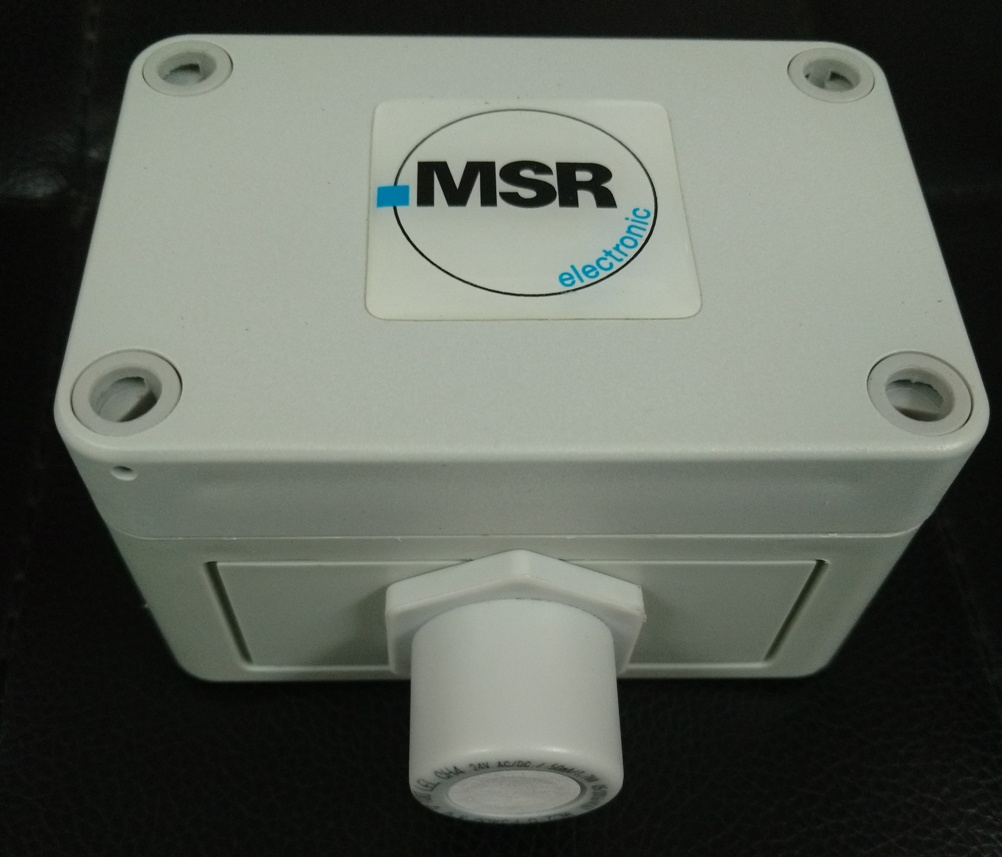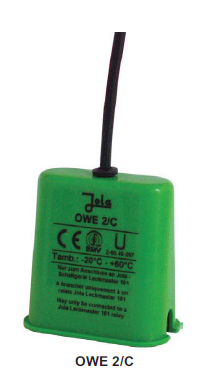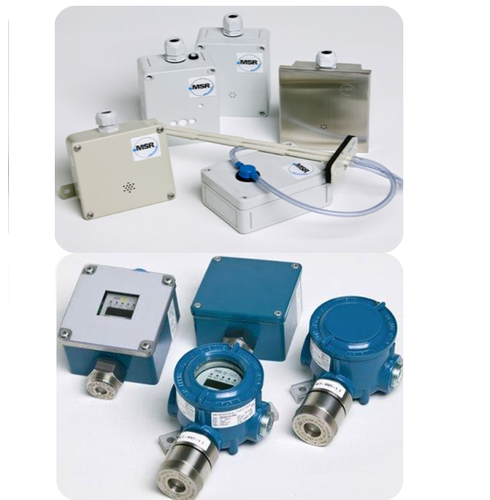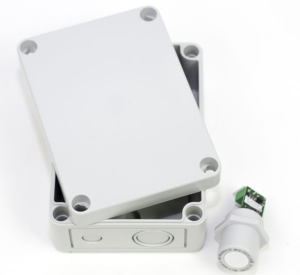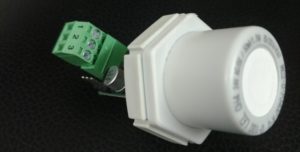Gas Alarm India offer propane sensor transmitter / detector/ analyser from MSR Electronic, Germany with following features:
- Measuring range: 0-100% LEL (lower explosive limit), 0-100% Vol (analysis)
- Technology: Pellistor / catalytic bead (flammability monitoring), Infra-red
- Output: 4-20mA, 0-10V, RS485 modbus, Lon, BacNET
- Enclosure: IP44, IP54, IP65
- Certificate: UL 61010, UL 2075, ATEX EExd, ATEX EExn, CE
- Mounting: wall mountable, duct mountable
- Installation area: safe area, hazardous area, explosion-proof
Application areas: gas bank, bottling plant, booster station, gas store, pharmaceutical, cylinder store, gems processing, heat processing, furnace, engine room, testing rooms, automobile, defence, warship, annealing plant, chemical plants, oil & gas, fire safety, domestic gas pipeline, kitchen, refinery, food processing, cement, bearing, machine industry, swimming pool, combustion area, bakery, commercial, hotels, mines, confined space, gasifier, stockyard, oil wells, biogas plant, landfill, boiler plant, thermal power plants etc
Features:
- reverse polarity protected
- poisoning protected
- low flashing temperature for longer sensor
- modular architecture
Continue reading “Propane Sensor, Transmitter, Analyzer”

